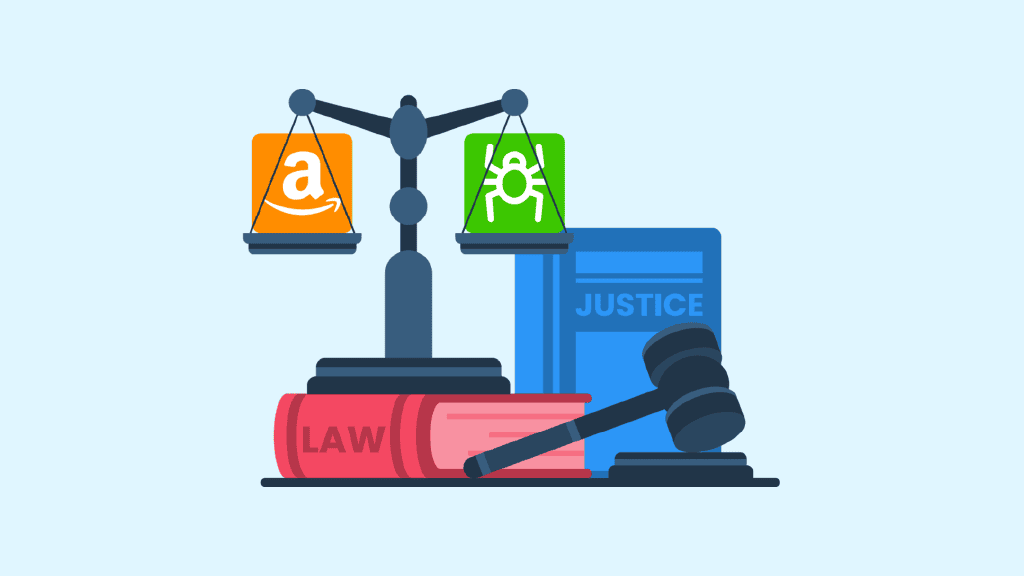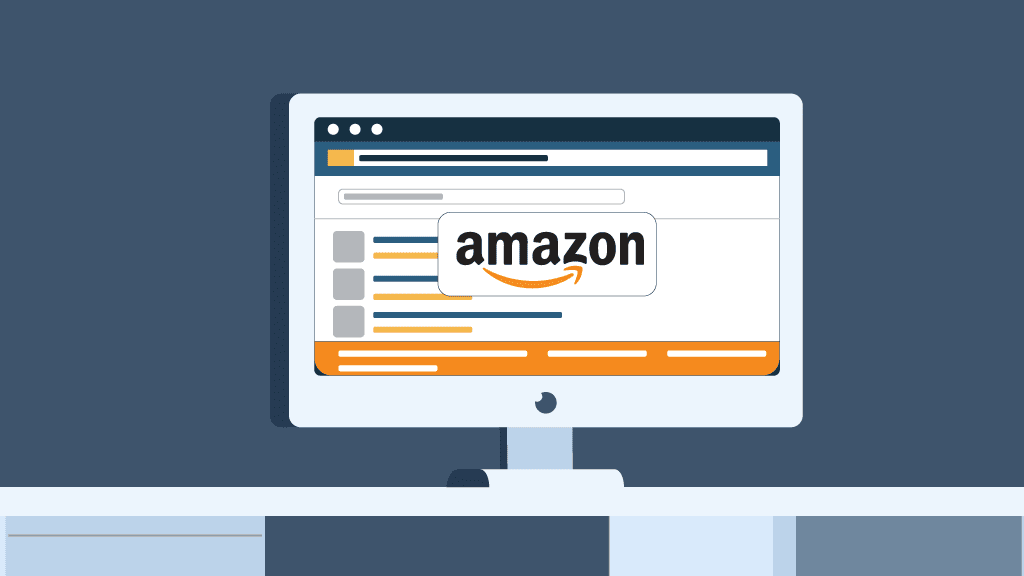How an Amazon Proxy Helps Scrapers and Analysts
Amazon is a dominant retail force. Many smaller businesses either work under Amazon’s brand or try to compete with it. Your business cannot go up against Amazon in terms of pricing data that you have access to. Marketing agencies often rely on scraping Amazon prices to gather data on relevant products. Nevertheless, this approach is risky, because it goes against Amazon’s terms of service. The online retail giant’s system is also very vigilant to outright ban any visitors that try scraping techniques. This is why you need an Amazon proxy server to scrape it successfully.

James Keenan
May 29, 2021
5 min read
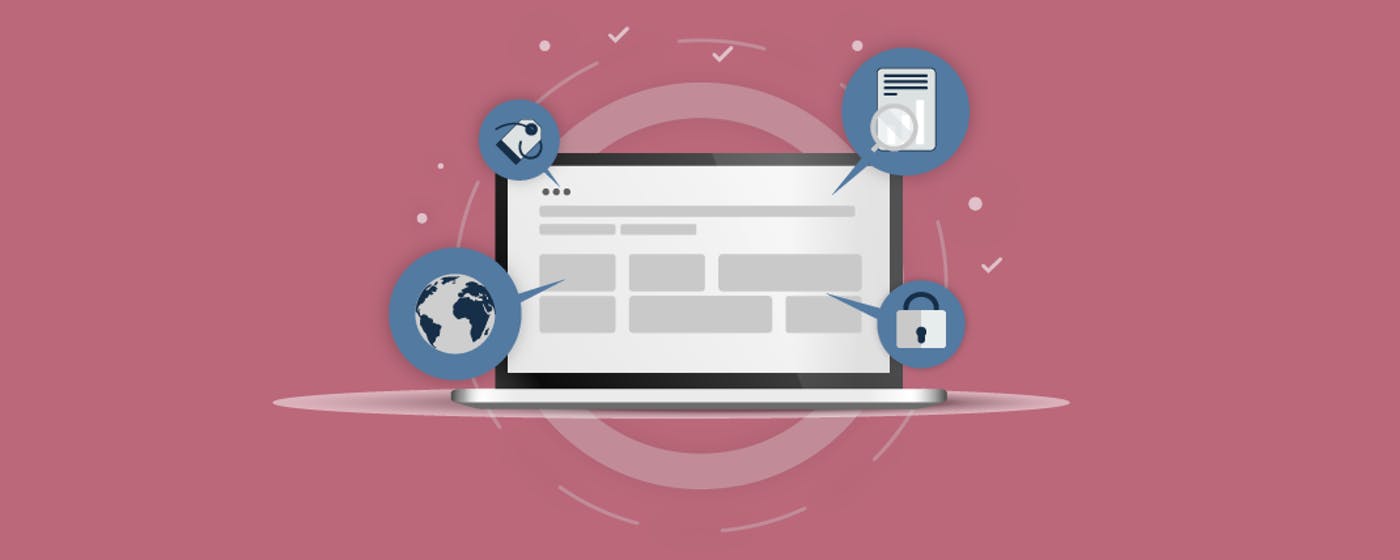

Scraping is a data mining method, also called screen scraping. A scraper is usually an automated script or bot that opens a web page and collects data.
A scraper accesses large sets of pages or entire sites to compile data for market analysis. When you are developing a product or introducing it to the market, this data might as well be made of gold. Amazon is dominating online retail and has enough data for any comprehensive market analysis. This is why scraping Amazon is on the minds of any bold marketer.
Use an Amazon scraper to gather valuable market data
There are numerous scraping solutions online which can be used to access product pricing data publicly available on Amazon, e.g. Scrapingdog. Any automated action bot or script can open a page, copy the data you want and load the next result on the search page. You can get your data almost instantly, packed all neatly in a .CSV file.
Safely Collect Data With Residential IPs.
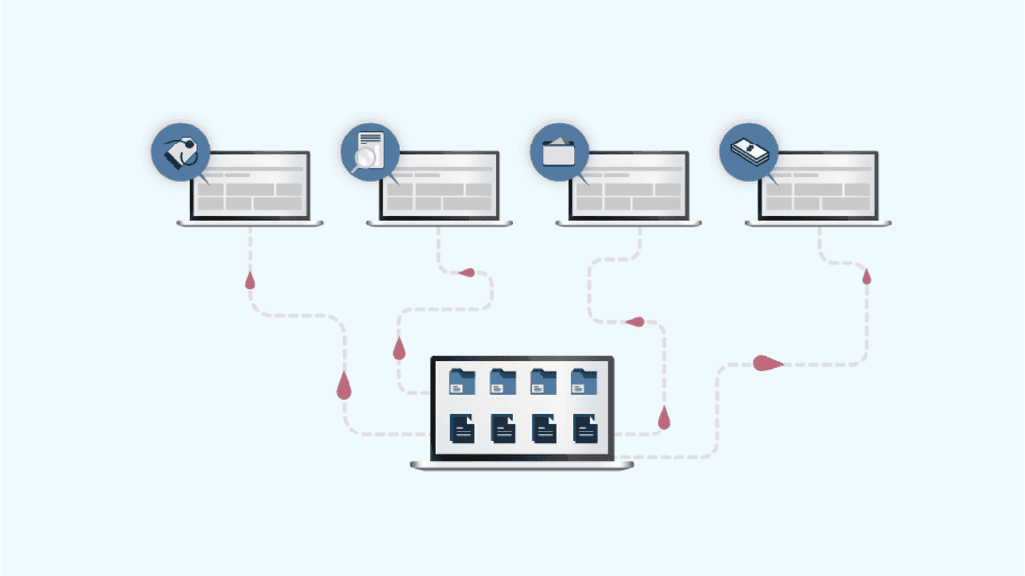
So, what is the problem most scrapers face? No business wants others to profit from its data, and Amazon is definitely no exception. It blocks and throttles any connections that are coming in too frequently and systematically. Bots don’t act like people, after all.
You need good Amazon proxies
Any scraper will tell you that a successful operation depends on having good proxies. For example, if you are trying to scrape Amazon product data, you will make thousands of connection requests to Amazon’s servers every minute. If you do this from your own IP, you will get blocked on Amazon instantly. All that internet traffic will look like an attack to Amazon. A rotating proxy, on the other hand, will change the scraper’s IP for every request.
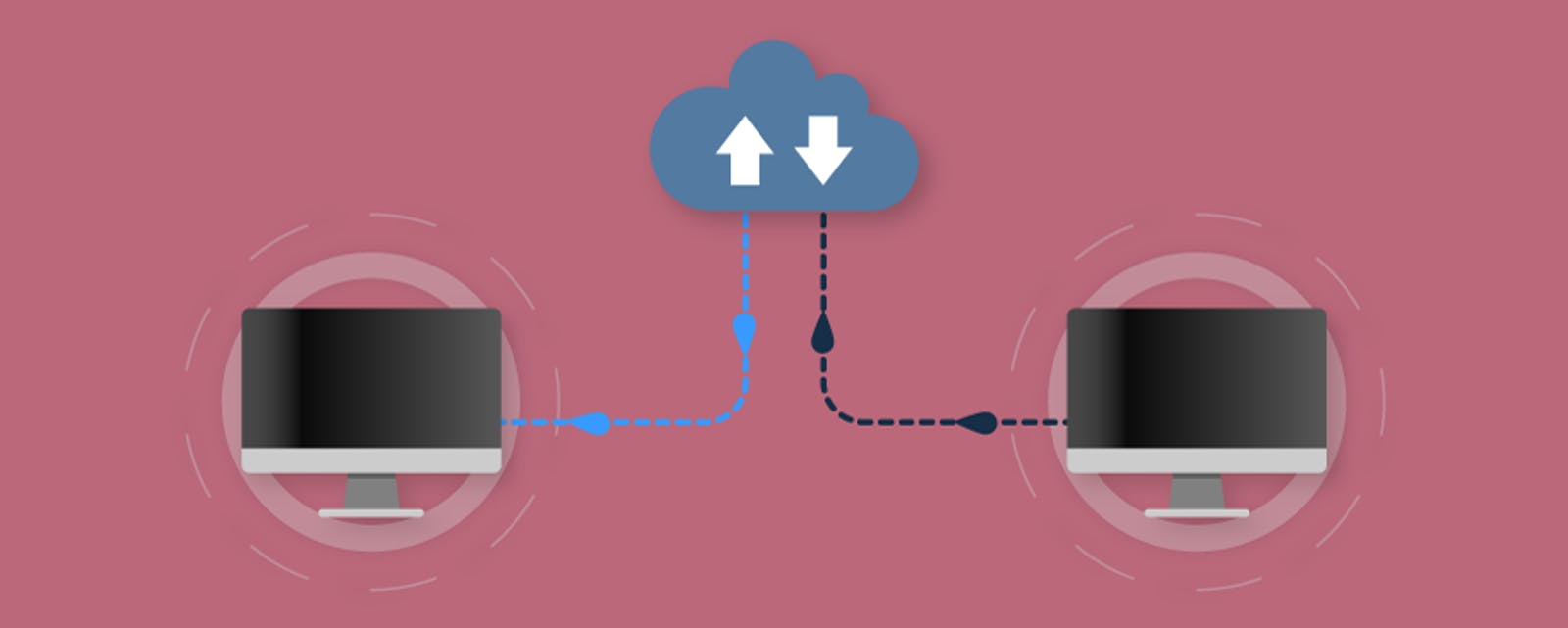
Choose the best proxy type for your Amazon product scraper
Most proxy providers will offer you data center proxies. These proxies are fake IP addresses generated in their data center servers (hence the name ‘datacenter proxies’). The problem with using these proxies for an Amazon scraper is that they all share a sub-network. For example, two IP addresses: 192.1.11.10 and 192.1.11.12 share the same sub-network. Amazon has blocked many datacenter proxies by restricting access to their entire sub-networks. This means that you could have a thousand proxies, but you’d be out of luck if their subnet was banned.

Residential proxies for Amazon scrapers
The worst thing that can happen when Amazon detects a scrape, is it might start feeding the product scraper false information. When this happens, the Amazon product scraper will access incorrect pricing information. This will make your market analysis useless. If you are using datacenter proxies for your Amazon scraper – check your results manually to make sure you are on the right track.
On the other hand, if your Amazon scraper uses residential proxies, the site will not be able to feed you bad information.
Scraping local product data from Amazon with location-targeted residential proxies
Location targeting is your best option to access location-specific prices on Amazon. To do this, you need a backconnect node with location targeting. When you access this node, you get a new rotating IP with every connection. All of these IPs will come from the same city, country or location. If you are using location-targeted proxies, harvesting shipping price data from Amazon is easy.

Speed up Amazon scraping with rotating proxies
Your scraper has the ability to send thousands of requests every second. You have to use a unique IP address for each one to avoid detection, connection throttling and blocks. A rotating proxy server will change the proxy IP address you are using for each connection.
Scrape Amazon efficiently: set up your scraper the right way
There are many things to keep in mind when setting up your scraper.
- Set browser settings to stay undetected – delete cookies and clear cache data.
- Use a headless browser to save bandwidth and increase scrape speed.
- Test your scrapes on smaller sets to troubleshoot.
- Check your results for quality assurance.
- Set up scraper to imitate human actions – clicks, searches, scrolling and basic navigation.
Use residential rotating proxies to scrape Amazon. Register.

Conclusion
Scraping Amazon is difficult but not impossible. The platform states that doing this is against its terms of use, which is completely understandable – the retail giant wants to protect its data monopoly. In reality, nothing is preventing you from accessing every product page on Amazon and getting the data you need manually. The problem is that doing it manually takes an insane amount of time to access data that is otherwise completely public.
Scraping is the best technological solution for smaller businesses to close the data gap. To use it, you have to set up a scraper properly AND use the best residential proxies to stay undetected. This is where we can help you.
Chat with us now about residential proxies for Amazon!
About the author

James Keenan
Senior content writer
The automation and anonymity evangelist at Decodo. He believes in data freedom and everyone’s right to become a self-starter. James is here to share knowledge and help you succeed with residential proxies.
All information on Decodo Blog is provided on an as is basis and for informational purposes only. We make no representation and disclaim all liability with respect to your use of any information contained on Decodo Blog or any third-party websites that may belinked therein.
